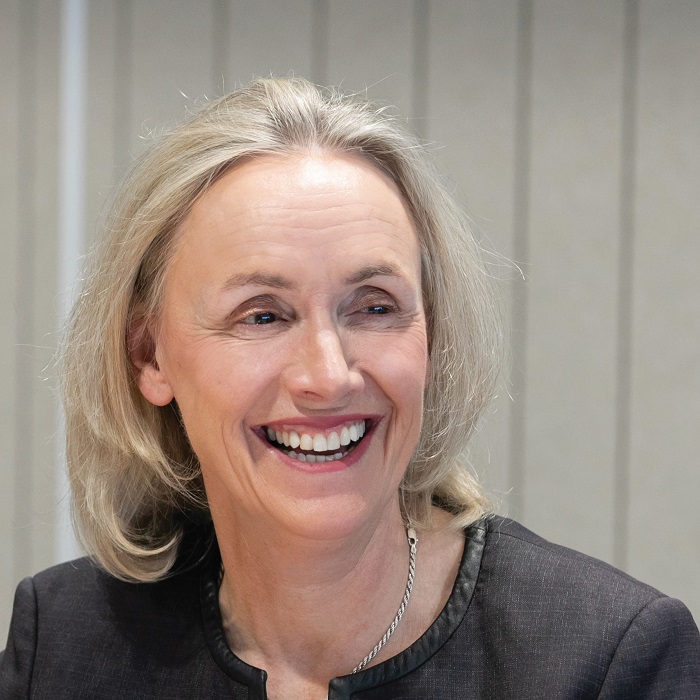Weighing up the capital stack
Securitisation issuers face different challenges in distributing the various parts of their deals: senior notes face relative value and liquidity considerations, given their scale, while lower-rated mezzanine tranches are more of a risk-based concern for investors. This means demand is not always consistent across the two parts of the structure.
SAKS Investors are going after higher quality, across asset classes. A lot of covered bonds have been placed recently, for example. To be fair, tier-two has also been going well – but in general investors are gravitating toward quality. The market for mezzanine pieces is going well, though. This might be because there is less outright volume to place and levels should be pretty attractive, and investors are taking comfort in the relative quality on this basis.
TING Recent pricing moves have increased the call risk of recent vintage transactions. Right now, some 2021 transactions – at current margins – will be uneconomical to call. We consider this when we look at primary and secondary exposures. This will flow into liquidity risk as sellers will price to call and buyers will price to extension.
At the beginning of 2022, we saw senior pricing move out somewhat but mezzanine pricing tightened or stayed flat. This acted as an anchor despite offshore moves and volatility. We think this has partly corrected in recent weeks but suspect there may be a little more to go when considering relative value to offshore markets and what we are seeing in secondary.
SAKS There is still strong demand for mezzanine in the primary market – it sells quickly. Remember, there is still a lot of cash in the system and investors are holding cash so they can take advantage of opportunities.
CHEN Senior notes have been an issue because they are bigger in size and Australian triple-A paper has been trading inside global counterparts. We find there has been strong demand in the mezzanine tranches, which offer more yield pickup.
TING This suggests the senior notes need to reprice. Whether current asset pricing can support such widening is another question. The real challenge here is that nonbanks need to reprice assets further but banks are not under the same pressure because of their deposit bases.
COOPER It also comes down to the size of tranches and the pool of investors. Mezzanine tranches are typically smaller and pricing has held in well on these tranches. Margins have widened recently, but we still have investors participating and looking through the volatility. Triple-A tranches rely on a bigger pool of investors, but a lot of them have stepped back.
ZILELI The senior-unsecured to three-year ABS [asset-backed securities] spread is wider now than it has ever been. A typical three-year triple-A ABS is now about 175 basis points and three-year senior-unsecured major-bank bonds yesterday were trading at 92 basis points.
SAKS It is a similar situation in covered bonds to triple-A residential mortgage-backed securities (RMBS). Investors can get double the spread.
ZILELI Well, 2022 is going to be the biggest year for Australian dollar seniorunsecured issuance. The majors hit the market hard at the start of the year and, because of the relative-value difference between Australia and offshore, they have continued issuing more in Australian dollars then they have in the last 10 years.
COOPER The Australian majors have executed about A$30 billion (US$20 billion) in total in the domestic market this year across the capital structure. There is a natural bid for senior-unsecured paper as investors view it as one of the most liquid credit products.
VANSTONE There has also not been any corporate supply. A lot of this is due to wider spreads but corporates also have healthy balance sheets and a lot of them pre-funded in the low-rate environment.
Many of them do not mind the pause at the moment. It makes sense to wait and draw down on their bank lines. No-one wants to be forced into issuing.
SAKS Investors might want liquid bank paper, but this should not stop them also wanting to pick up high-quality triple-A RMBS at a very wide spread. One phenomenon at the moment is that investor views and preferences are diverging. Through COVID-19, everyone was on the same trades. Now, there is a market because participants are taking completely different views.
JOHNSON Senior notes are sometimes harder to place because they are a bigger tranche then the investment sizes and the ticket sizes are not necessarily homogenous. We might get some big bids and a lot of smaller bids. If one of the big ones falls away, it can potentially have a big impact on the tranche and make the bookbuild harder.








